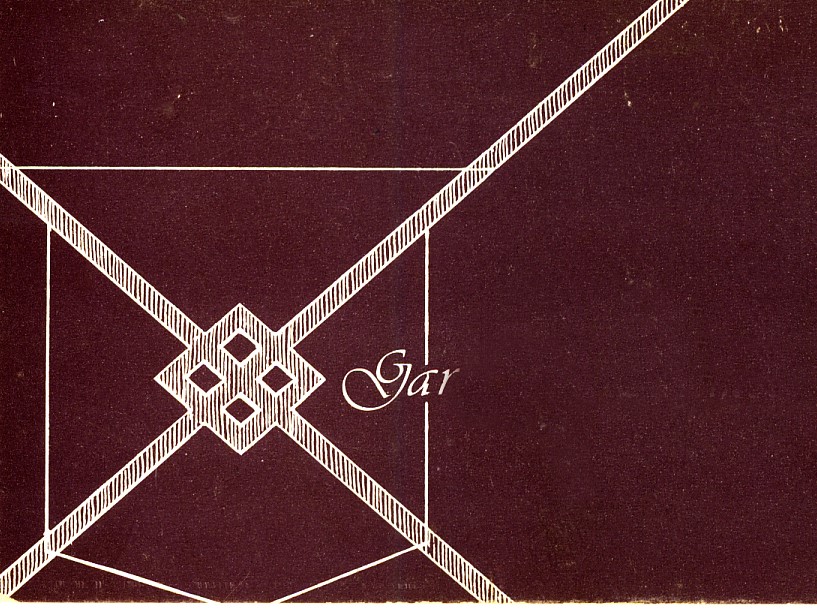Narrative is simply the flow of time in a novel or short story. Sounds simple, but it’s not really. Writers can shrink time, stretch it out, make it bigger (more significant), make it smaller (less significant), fracture it, bend it, turn it upon itself, and so on. Writers can do whatever they want with time in the interests of story.
The one thing time isn’t is linear and progressive. Well, it is but it isn’t. It’s progressive in the sense that cause and effect can’t function if it isn’t linear. If any act carries consequences, then those consequences must be laid out in time somehow. And usually that means sequence, progression. Not always, but usually.
One of the simplest ways to understand what writers can do with time is to look at a waveform on an oscilloscope, say a 60-cycle wave. The waveform flows along a time line and that line can be controlled by reducing or lengthening it. Make it shorter and the waveform bunches up, make it longer and the waveform stretches out. Visually, then, the waveform looks different depending on what the operator does with the time function. It’s the same waveform; it hasn’t changed; only the time function has.
There’s also an amplitude control. If the operator increases the amplitude, the wave gets higher and lower in relation to the time line. If he decreases the amplitude, the wave gets squished down around the time line. Again, the waveform hasn’t changed at all; it just looks as if it has.
As an example of how complex time function can be when a writer gets going with it, consider the novels Charles Williams: Many Dimensions, Descent into Hell, All Hallows’ Eve, to name a few. In All Hallows’ Eve, we meet the central character walking across London Bridge. The problem is he’s already dead. A single hill in one of the novels exists in a number of time-space dimensions all extant at the same time. There’s only one hill, just several expressions of it as if all of those separate hills in their own time can exist together in a single moment. Williams is a confusing writer. Reading him is like looking at Escher’s staircase. It’s hard to make logical sense of anything.
Usually, time function is a little less complicated, but it can be stretched or compressed like that 60-cycle wave. In William Golding’s Pincher Martin, good old Pincher is blown off his ship in the middle of the Atlantic. He washes up on a barren rock in the empty sea and we spend some tortuous times with him as he tries to survive, and it isn’t fun for him or for us. At the very end of the novel, we learn that Martin hit the water and drowned. That few seconds between hitting and drowning is the time of the whole novel: an instant stretched into a long nasty life on a barren rock.
Time can be compressed in the same way, and writers often do so because they can’t do everything at once. Consider, for example, a mystery writer dealing with a murder. He can do a number of things with time. He can describe the murderer actually committing the murder. He can describe the victim’s reaction. He can describe the setting in which the murder takes place. He can even describe what either the victim or the murderer is thinking and feeling, but he can’t do all these things at the same time even though they’re all happening together. Writers jump back and forth in time to accomplish what they need to accomplish and the importance of the events determines how duration is presented.
In the world of the novel, many things go on simultaneously as they do in life. The writer, though, has to sort of slice up what’s going on and present fragments of that totality to the reader by messing with time. He might use flashbacks, or he might just jump about and present chunks in the order he thinks the reader will accept.
Experience in life is different. Were we to see a murder, we’d see it all at once laid out in a quick sequence. For a writer to describe a murder, he has to take that experience and present slices of it in a way that seems logical to a reader. That’s a different kind of experience.
Then there’s memory. Time is strange in human memory. For instance, eventless time, although it should seem long in the mind, barely registers at all. Duration needs events, like Christmases or weddings, to give it substance and meaning. Events are like fence posts to hold the fence up. It’s the events that give time its importance and its place in memory. Duration is just like that time line on the oscilloscope: nothing means anything until something passes along it.
Time is one of the very flexible tools a writer has. He can play with it, expand it, contract it, vary its importance, lose it entirely or make a moment a lifetime.

One reply on “Narrative”
Thank you for sharing this insightful article! I found the information really useful and thought-provoking. Your writing style is engaging, and it made the topic much easier to understand. Looking forward to reading more of your posts!